With principles of ‘live free, seek green’ in mind, Salient conceived the Amaya Resort by seeking to re-establish the lost connection between man and nature in the city of Howrah, India.

January 15th, 2020
Economic development has largely sacrificed the natural state and rich cultural settlements that once surrounded Howrah in West Bengal. Today, the dense metropolis is facing depleting quality of life with unbalanced ecology, air pollution and human and traffic congestion.
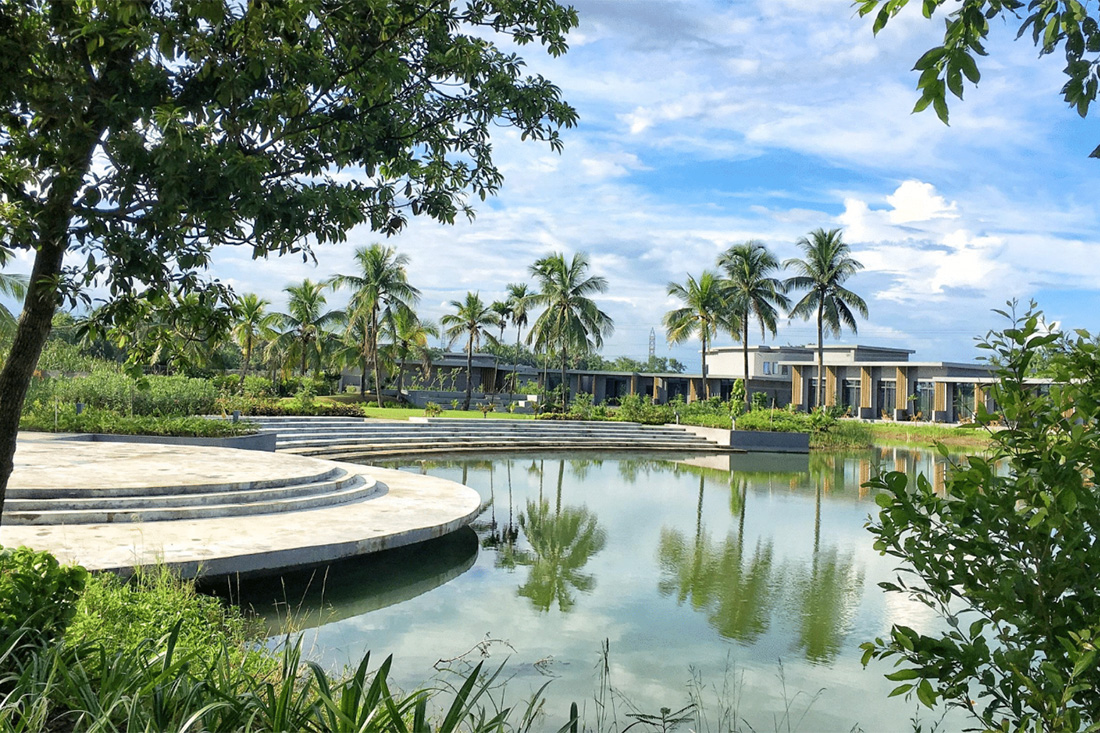
Tasked to design the Amaya Resort – a destination for spiritual getaways and celebratory occasions – the architects of Salient found the original plot lacking in terms of the natural elements. “It was surrounded by industrial developments fed by national a highway and no historical background except [for] some trees as a part of an existing farmhouse development on one-fifth of the area,” laments Vivek Singh Rathore, Design Principal at Salient. The team sought to correct that and saw an opportunity to regenerate biodiversity within a lifeless land.
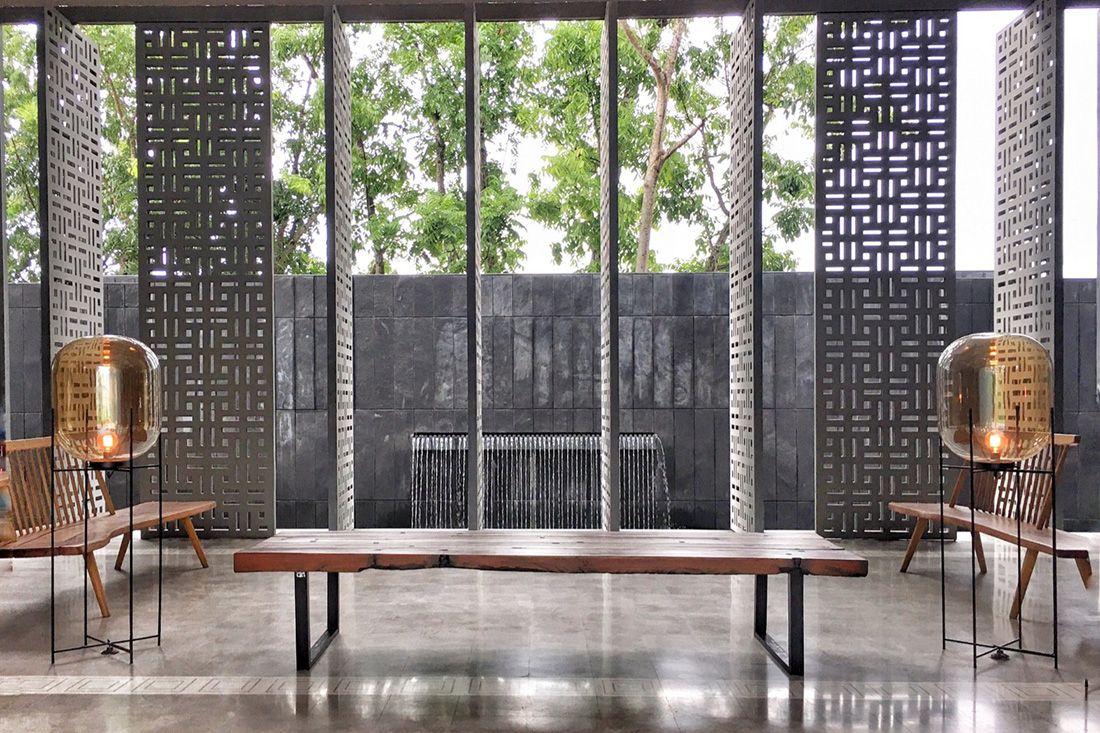
Breaking away from rigid structures of vertical industrial implants within the district, Salient conceived a sprawling yet humble low-rise with a raw built form that camouflages with nature rather than standout. Existing trees were conserved, alongside the introduction of a 100,000-square-feet lawn and a three-acre lake that forms the focal point (or unique selling point) of the resort. Rooms, suites and other resort facilities are strategically distributed along the perimeters of the lake to maximise views.
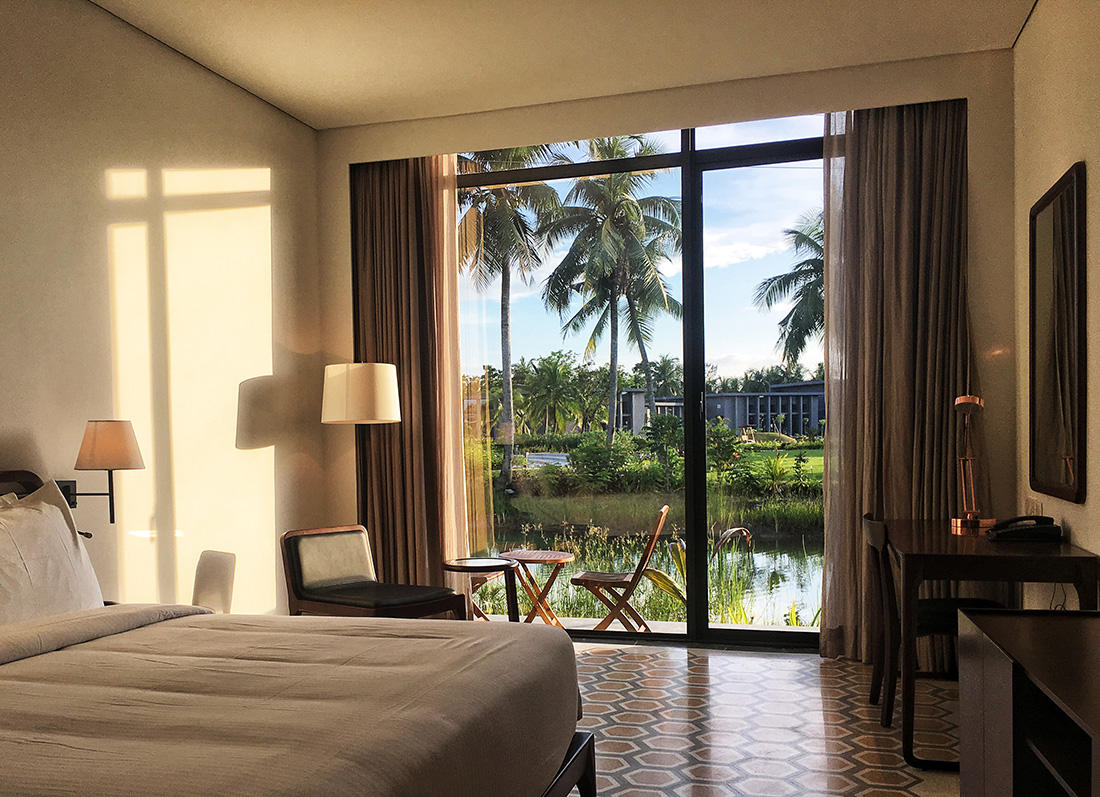
“To cater for the soul was the intent from the beginning. Resorts are community places where one elevates your mind and body,” says Rathore, in consideration of the regular Guru-led spiritual retreats hosted by the business community in Kolkata, India. Integrating principles of Biophilic design, the resort aims to be a place where human and nature co-exist rather than at odds. Energy consumption and operational costs were significantly reduced through daylight harvesting, cross-ventilation and natural water drainage.
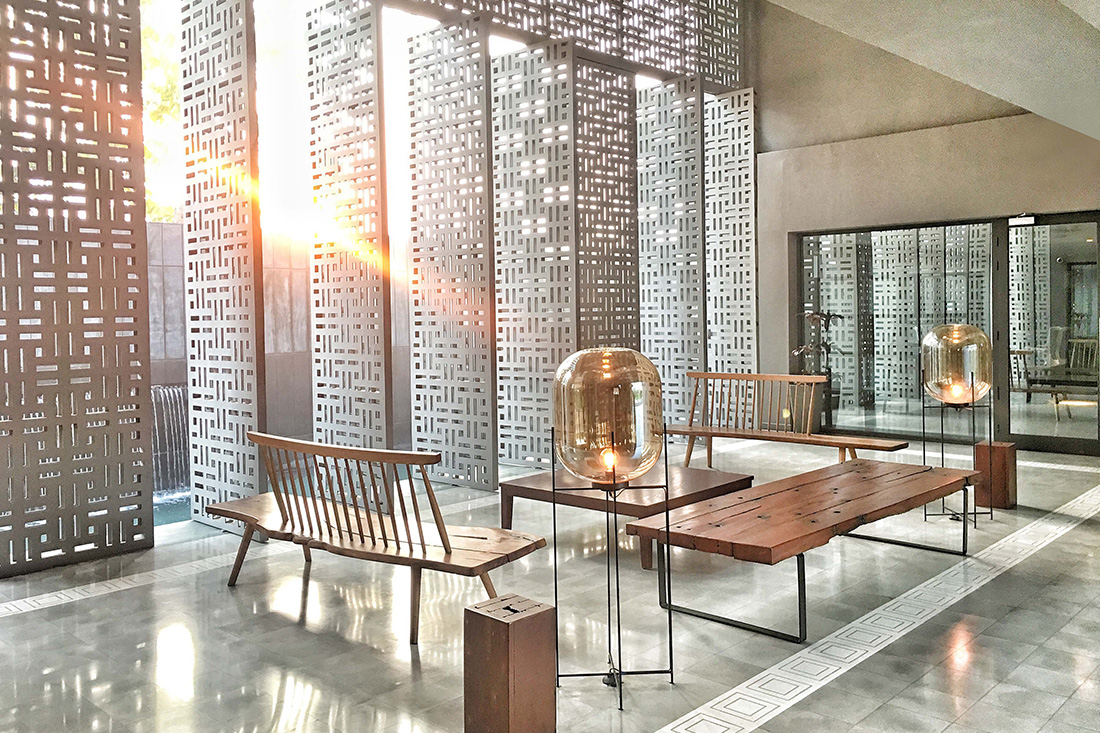
Sustainable sourcing was a big part of the project – at least 70 per cent of building materials were sourced from within a 10-kilometres radius. 18 local artists alongside labourers from three neighbouring villages were employed for the construction. Intricate forms and geometrical bricks impart ‘Zen-expressions’ throughout the 12.5-acre estate, creating a sense of wonder for guests who are invited to explore the resort by foot as they venture the common areas.
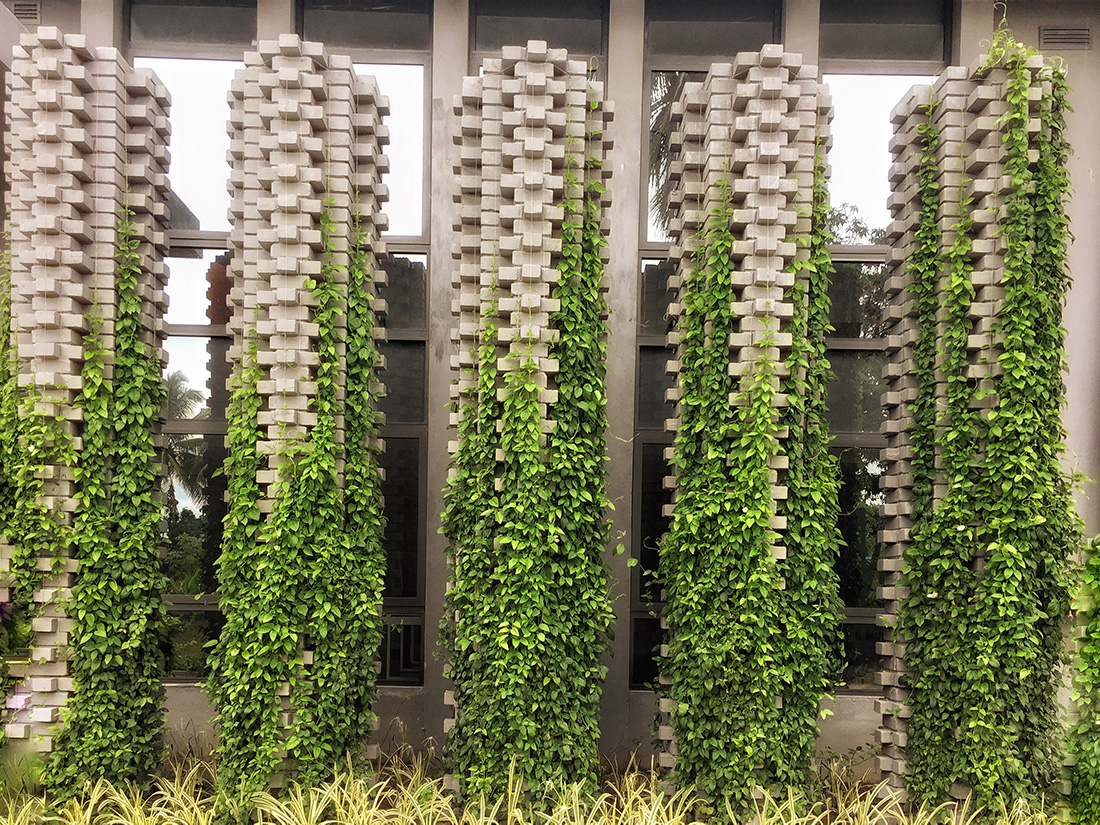
The goal for Amaya Resort was to create a variety of open and flexible spaces that cater to smaller personal occasions to larger corporate congregations – all without harming the environment. “Adaptive reuse and designs, which help in restoring nature and balance can be best done in hospitality,” says Rathore, “Everything that we use today should have the potential to be reused. Build less and build for flexibility – that should be the motto,” he adds.
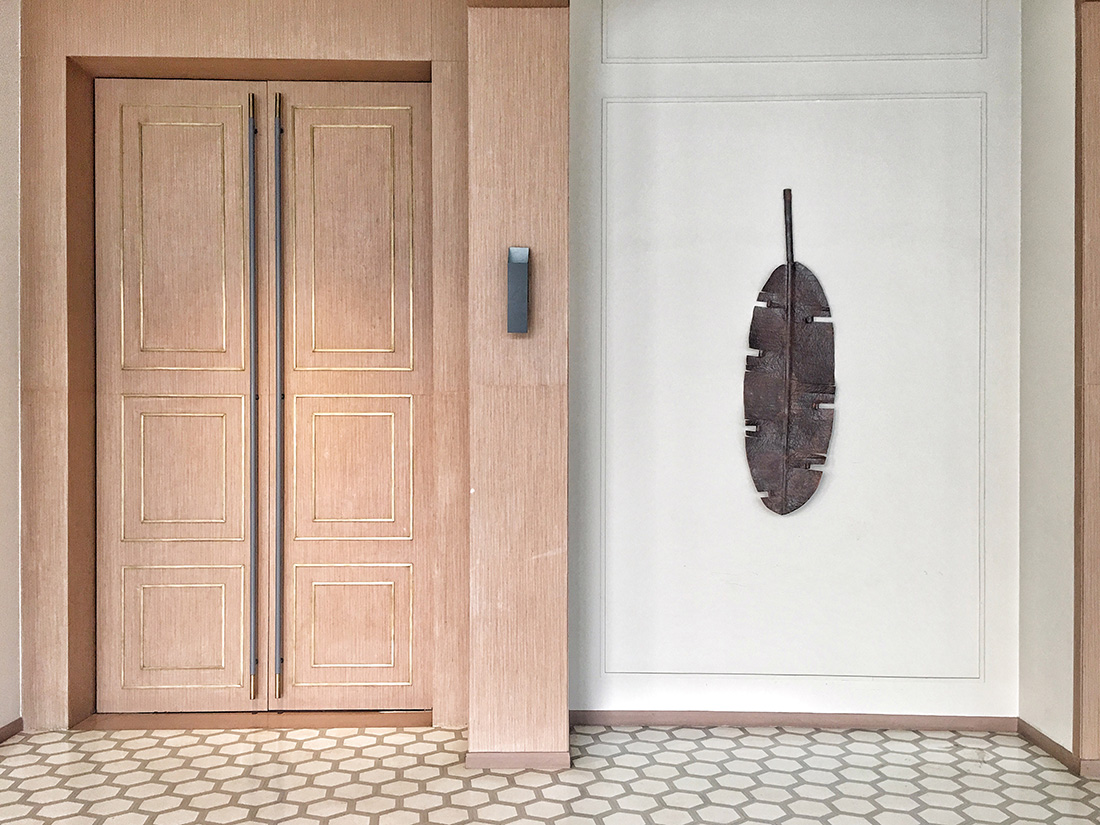
INDESIGN is on instagram
Follow @indesignlive
A searchable and comprehensive guide for specifying leading products and their suppliers
Keep up to date with the latest and greatest from our industry BFF's!

London-based design duo Raw Edges have joined forces with Established & Sons and Tongue & Groove to introduce Wall to Wall – a hand-stained, “living collection” that transforms parquet flooring into a canvas of colour, pattern, and possibility.
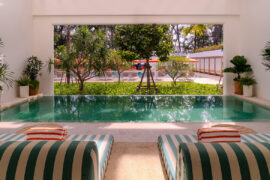
Opening in October 2025, The Standard, Pattaya Na Jomtien brings together ONION, DIN Studio, Studio Lupine and Verena Haller to create a sculptural modernist retreat where art, architecture and coastal culture meet.
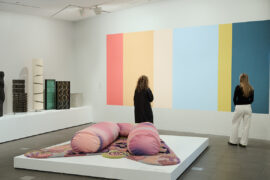
At the NGV’s Making Good: Redesigning the Everyday, design becomes a force for repair. From algae-based vinyl to mycelium earplugs, the exhibition proves that rethinking the ordinary can reshape our collective future.
The internet never sleeps! Here's the stuff you might have missed
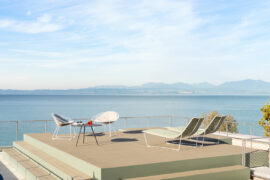
Arper expands its outdoor offer by re-engineering some of its most recognisable indoor pieces for life outside.

At the NGV’s Making Good: Redesigning the Everyday, design becomes a force for repair. From algae-based vinyl to mycelium earplugs, the exhibition proves that rethinking the ordinary can reshape our collective future.